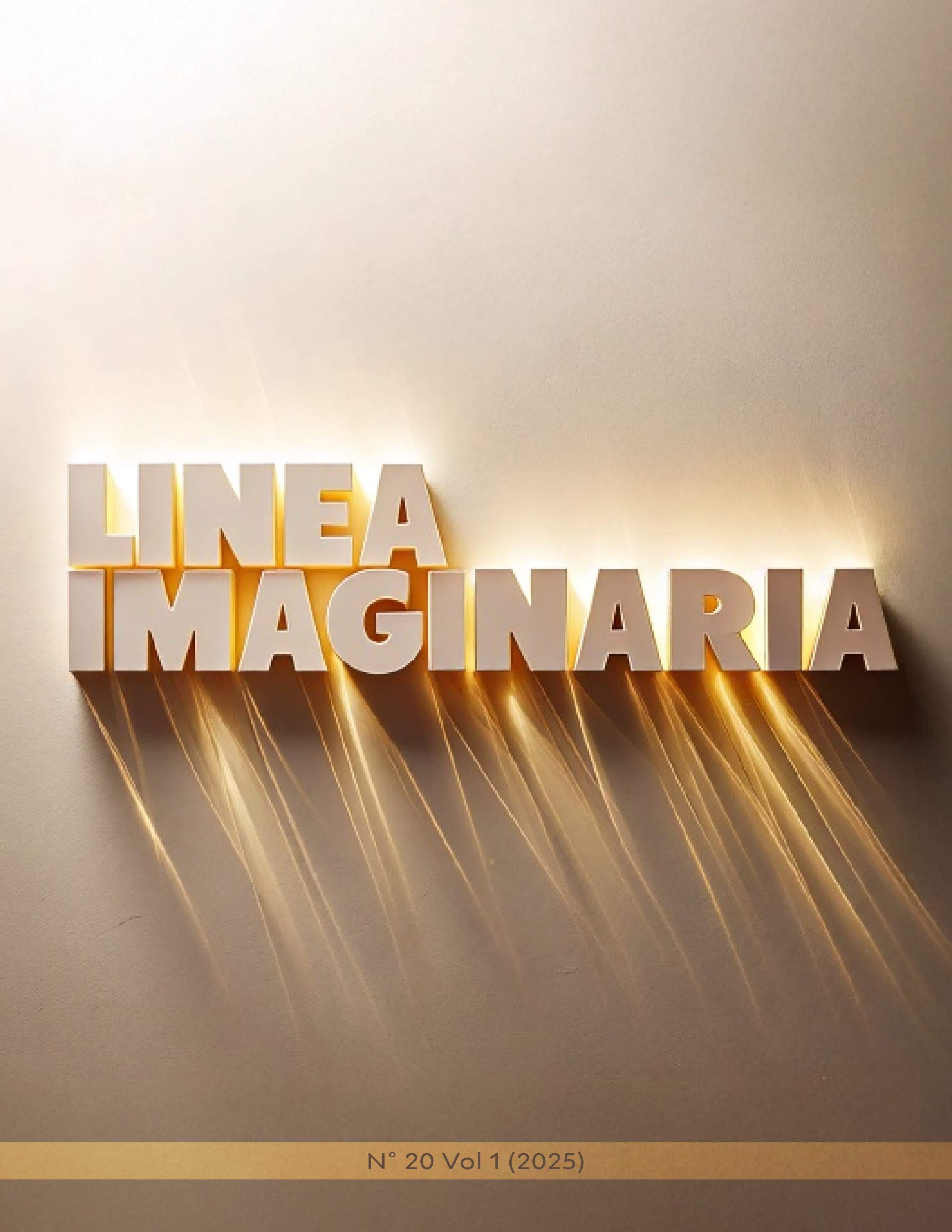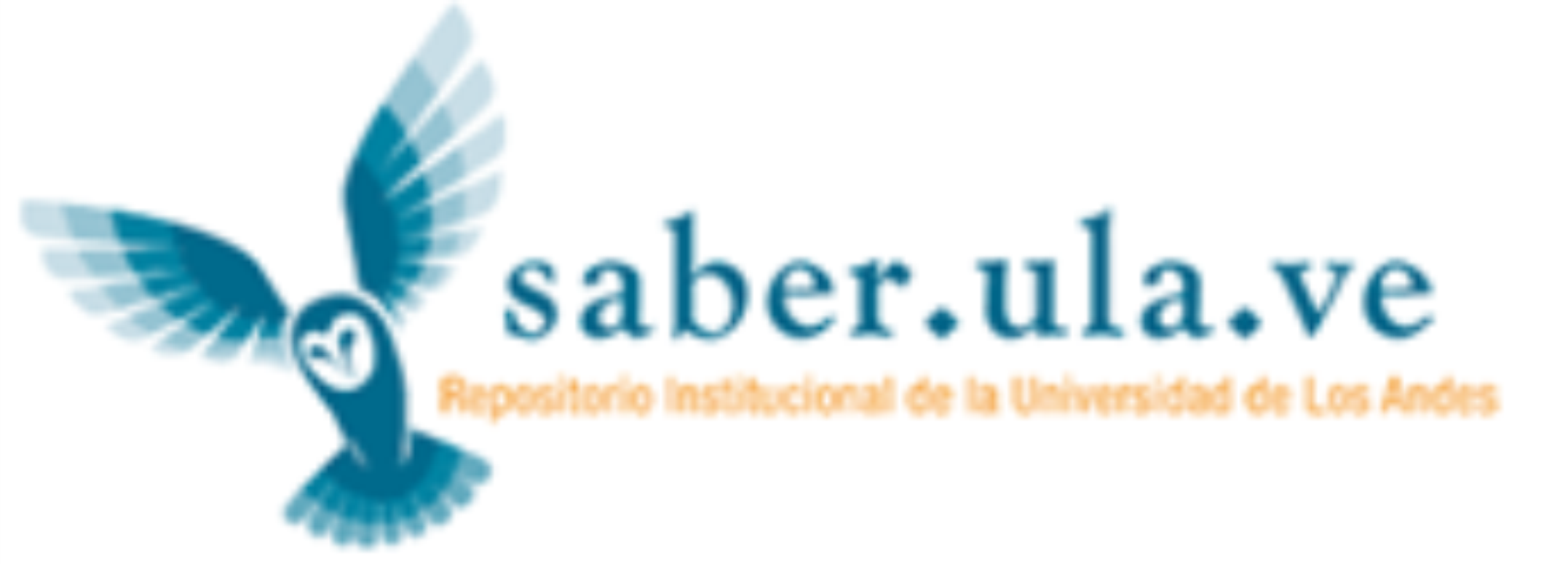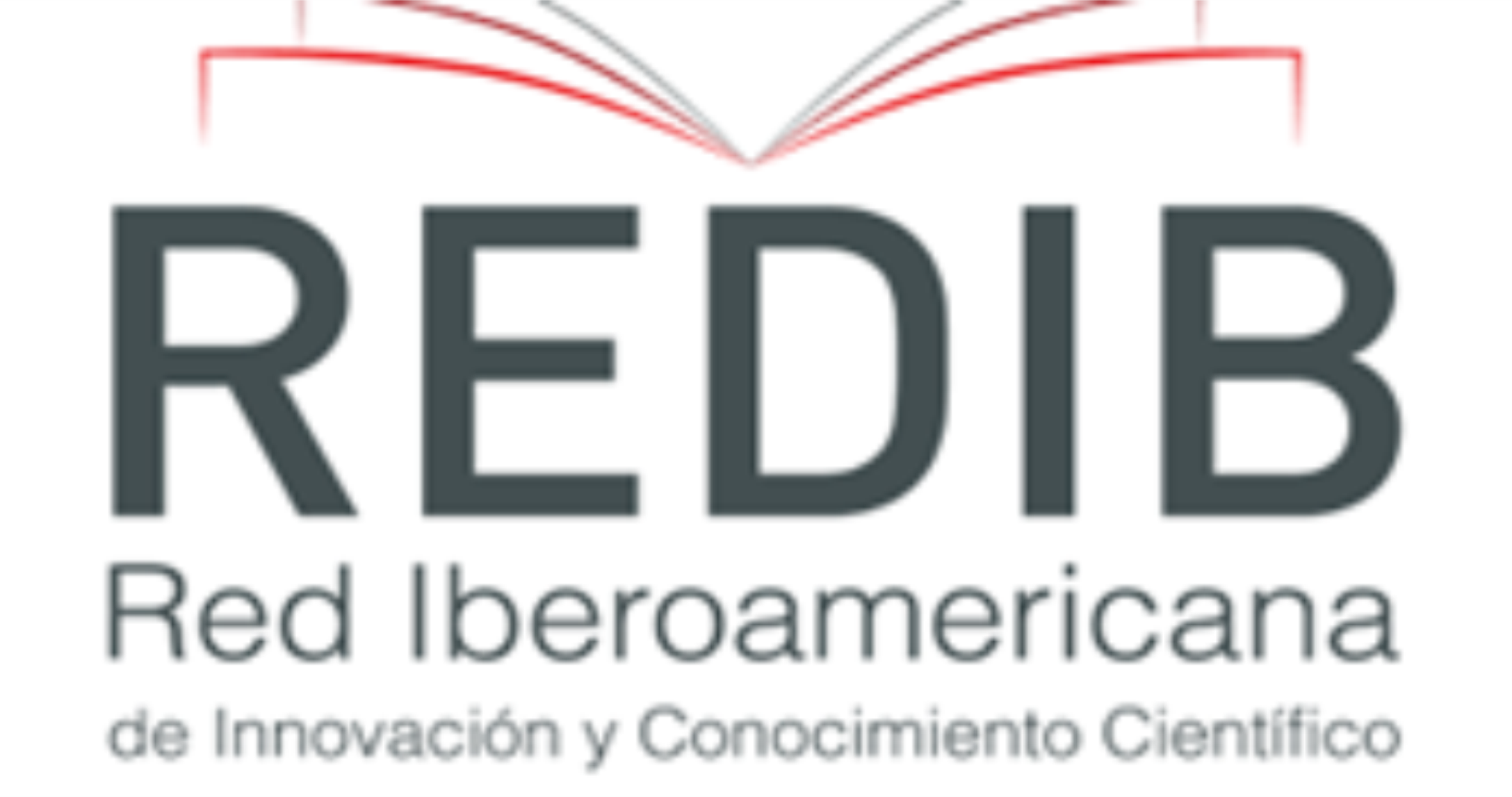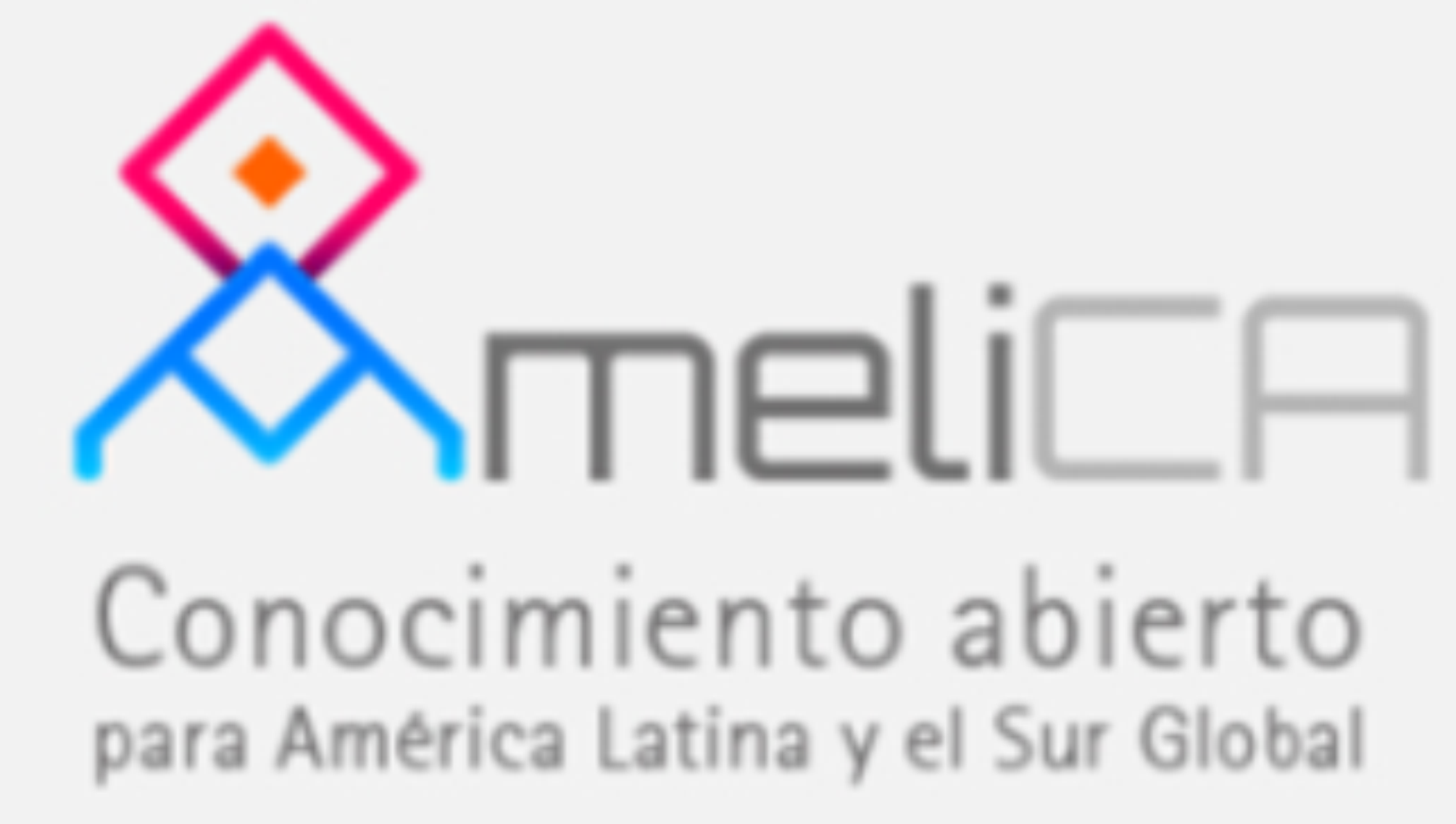LAS NTIC Y SU INFLUENCIA EN EL RENDIMIENTO ESCOLAR
DOI:
https://doi.org/10.56219/lneaimaginaria.v1i20.3708Palabras clave:
Metodologías activas, Rendimiento Escolar, TabletResumen
Las Nuevas Tecnologías de Información y Comunicación (NTIC) revolucionan la educación, ofreciendo herramientas pedagógicas y didácticas innovadoras. La integración de textos, gráficos, sonidos, fotografías, animaciones y videos enriquece el proceso de enseñanza-aprendizaje capturando la atención de estudiantes y docentes y fomentando un entorno de aprendizaje interactivo y dinámico. Sin embargo, un aspecto fundamental que requiere atención es la premisa subyacente de que las NTIC producen automáticamente mejores resultados académicos, sin base empírica, pues se podría reflexionar también, que los resultados positivos pueden ser consecuencia de metodologías de aprendizaje significativas, exista o no mediación tecnológica. Es fundamental considerar que la efectividad de las NTIC depende de la calidad de la implementación y la adecuación a las necesidades específicas del aula. Este artículo tiene como objetivo Identificar la influencia que tiene la “Tablet” como herramienta tecnológica en el rendimiento escolar de los estudiantes del grupo tercero C de la Institución Educativa Anorí. A través de un enfoque mixto, y bajo la orientación del diseño de triangulación concurrente (DITRIAC). Las técnicas a emplear son el experimento y la observación directa-abierta, se analiza la relación entre la utilización de la Tablet y el rendimiento escolar mediado por NTIC, examinando cómo la tecnología puede potenciar la educación. Los resultados sugieren que la implementación de metodologías efectivas en la Tablet genera resultados académicos positivos, independientemente de la presencia de tecnología en el aula. De este modo, se resalta la necesidad de un enfoque pedagógico efectivo para lograr un rendimiento académico satisfactorio. Además, se resalta la necesidad de formación y actualización docente para asegurar una integración efectiva de las NTIC en el currículo escolar y la ejecución del mismo.
Descargas
Citas
Ausubel, D. P. (2002). Adquisición y Retención del Conocimiento: Una Perspectiva Cognitiva. Barcelona, España: Paidós, Ibérica.
Botello, H. A., & Guerrero Rincon, A. (s.f.). La influencia de las TIC en el desempeño académico de los estudiantes en América Latina: Evidencia de la prueba PISA 2012.
Comunicaciones, M. d. (30 de marzo de 2016). MinTIC. Obtenido de MinTIC: http://www.mintic.gov.co/portal/604/w3-propertyvalue-540.html
EFE: ESCUELA. (26 de mayo de 2016). EFE: ESCUELA. Obtenido de EFE: ESCUELA: http://www.efeescuela.es/noticias/evaluar-el-impacto-de-las-tic-en-el-rendimiento-escolar-una-asignatura-pendiente-en-espana/
Francesc, P. (2011). Tecnología y escuela: lo que funciona y por qué. Santillana.
Fundación Europea Sociedad y Educación. (26 de mayo de 2016). Fundación Europea Sociedad y Educación. Obtenido de Fundación Europea Sociedad y Educación: http://www.sociedadyeducacion.org/blog/impactan-las-tics-en-el-rendimiento-academico-de-los-alumnos/
Gálvez Ramirez, E. (2013). Metodología activa: favoreciendo los aprendiazjes. Santillana S.A.
Hernández Sampieri, R., Fernández Collado, C., & Baptista Lucio, M. P. (2010). Metología de la investigación. México D.F.: McGRAW-HILL / INTERAMERICANA EDITORES, S.A. DE C.V.
Marés, L. (2012). TABLETS EN EDUCACION: Oportunidades y desafíos en políticas uno a uno. Buenos Aires.
Osorio M, C. (26 de mayo de 2016). Enfoques sobre la Tecnología. Obtenido de Enfoques sobre la Tecnología: http://www.oei.es/revistactsi/numero2/osorio.htm
Palomino N, W. (s.f.). Monografías.com. Obtenido de Monografías.com: http://www.monografias.com/trabajos6/apsi/apsi.shtml
Parra Pineda, D. M. (2003). Manual de estrategias de enseñanza/aprendizaje. Medellín: Pregón Ltda.
Pedró, F. (s.f.). Tecnología y escuela: lo que funciona y por qué. Fundación Santillana.
Descargas
Publicado
Cómo citar
Número
Sección
Licencia
Derechos de autor 2025 LÍNEA IMAGINARIA

Esta obra está bajo una licencia internacional Creative Commons Atribución-NoComercial-CompartirIgual 4.0.
La revista Línea Imaginaria conserva los derechos patrimoniales (copyright) de las obras publicadas, que favorece y permite la reutilización de los mismos bajo la licencia Creative Commons Atribución-NoComercial-CompartirIgual 4.0 , por lo cual se pueden copiar, usar, difundir, transmitir y exponer públicamente, siempre que se cite la autoría y fuente original de su publicación (revista, editorial, URL y DOI de la obra), no se usen para fines comerciales u onerosos y se mencione la existencia y especificaciones de esta licencia de uso. Si remezcla, transforma o crea a partir del material, debe distribuir su contribución bajo la misma licencia del original.













